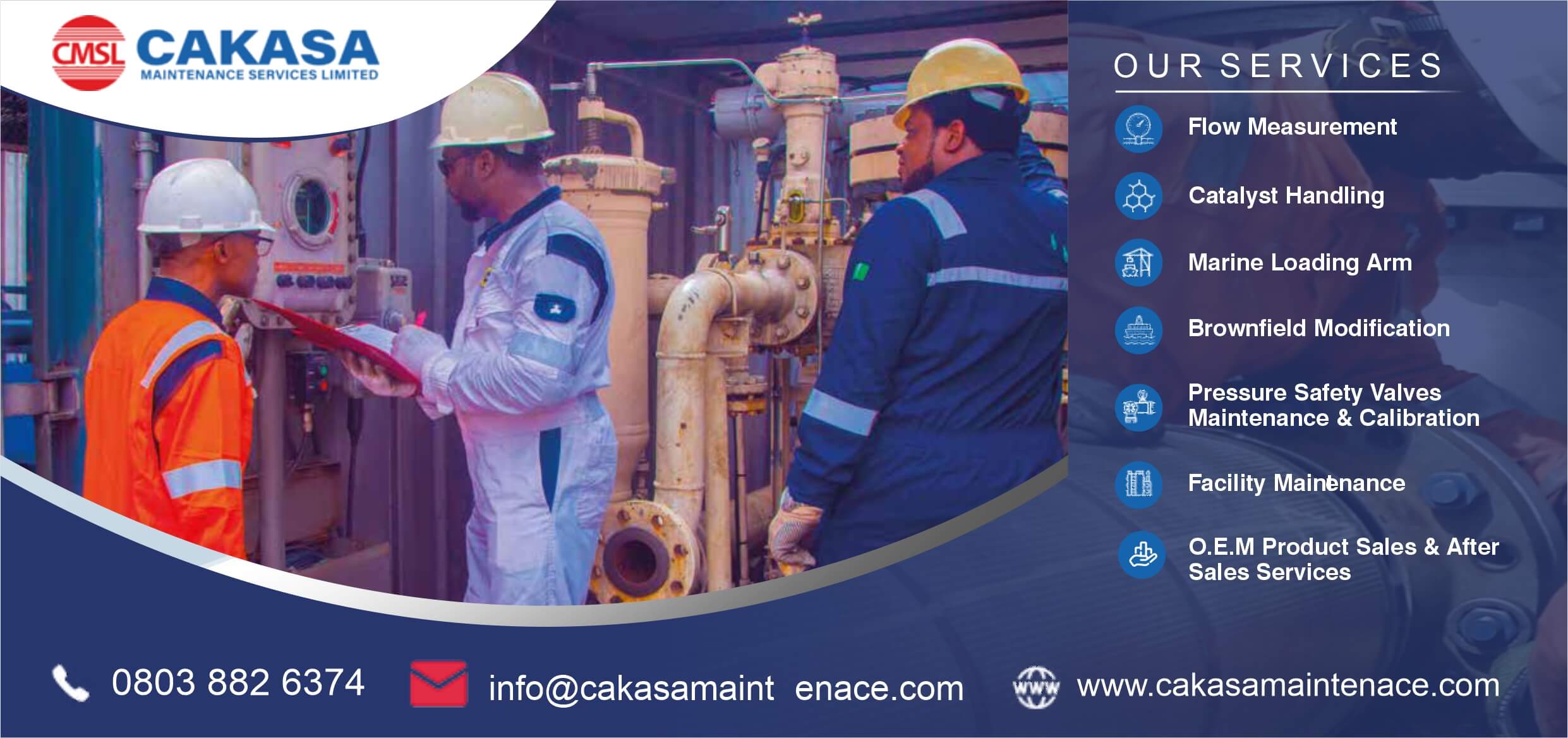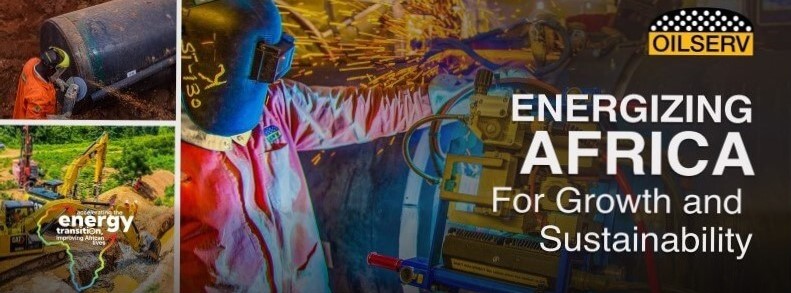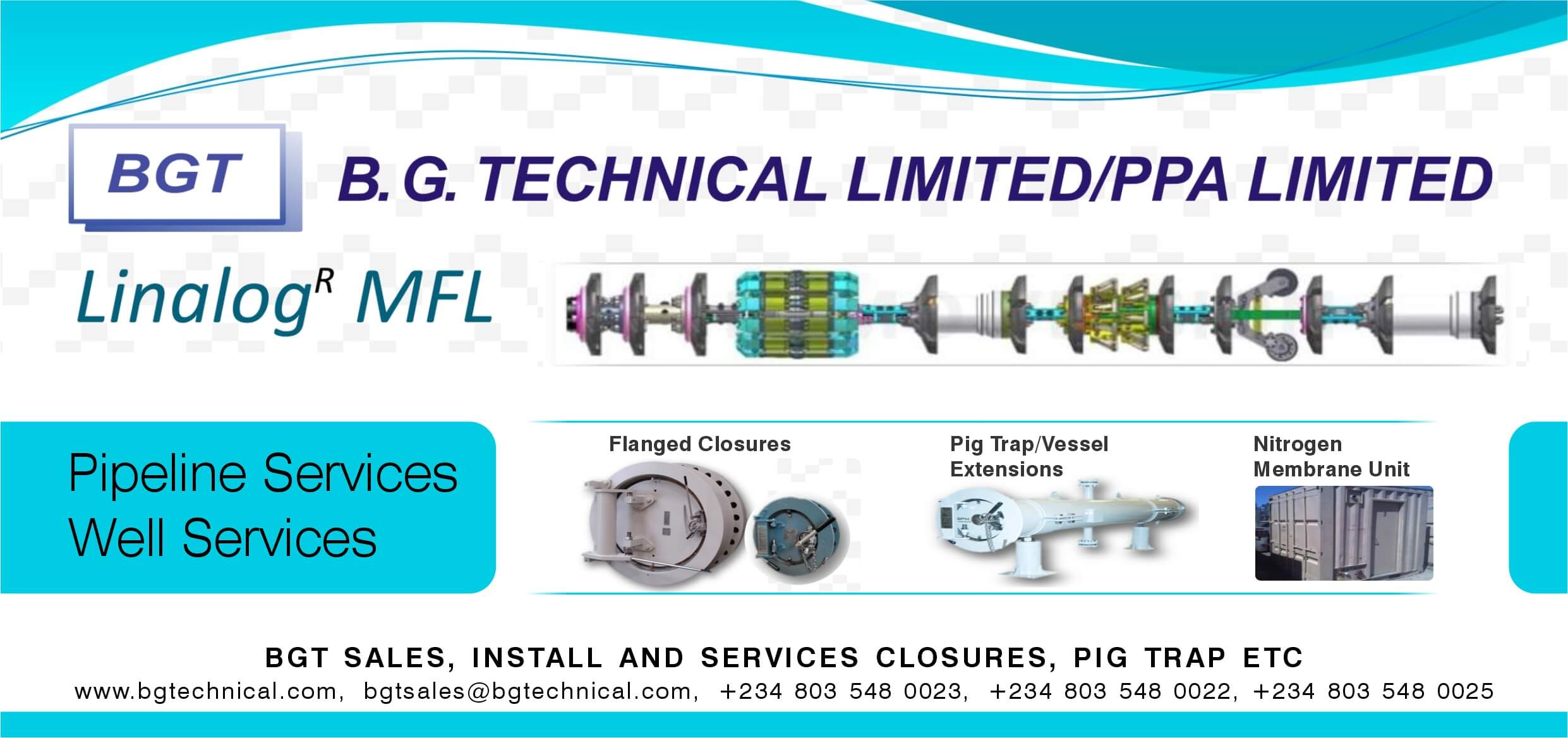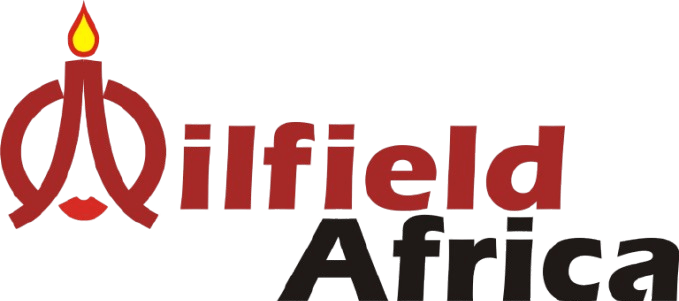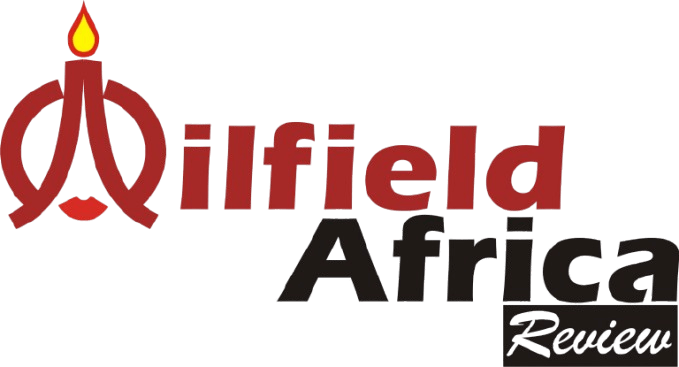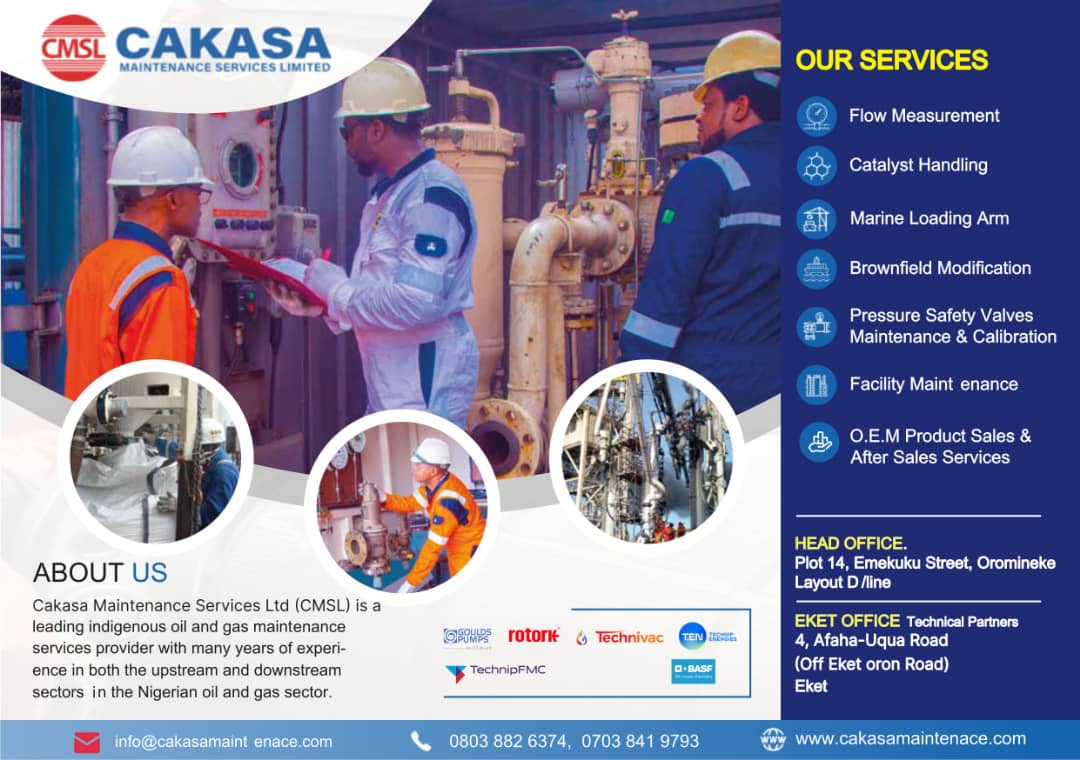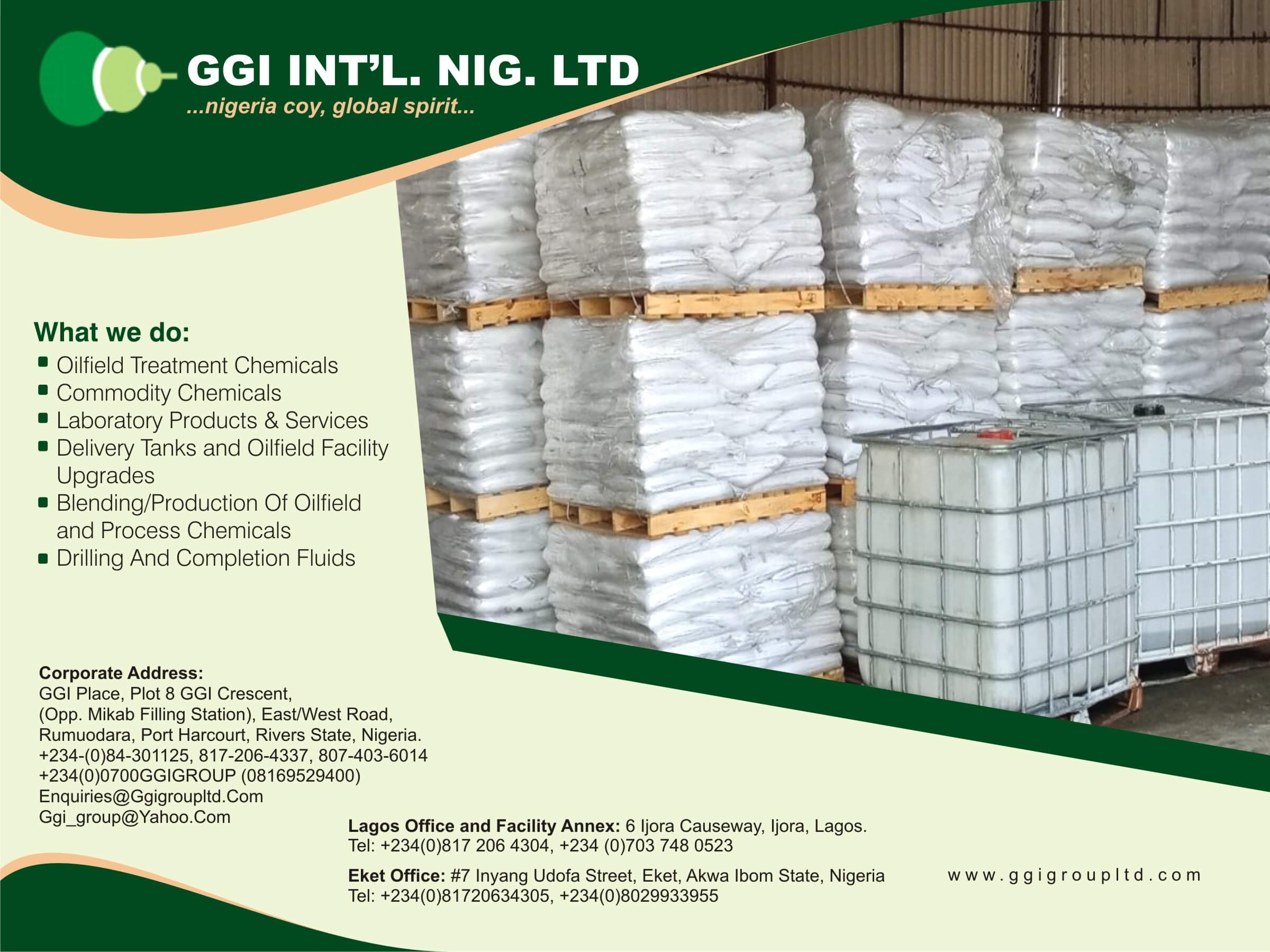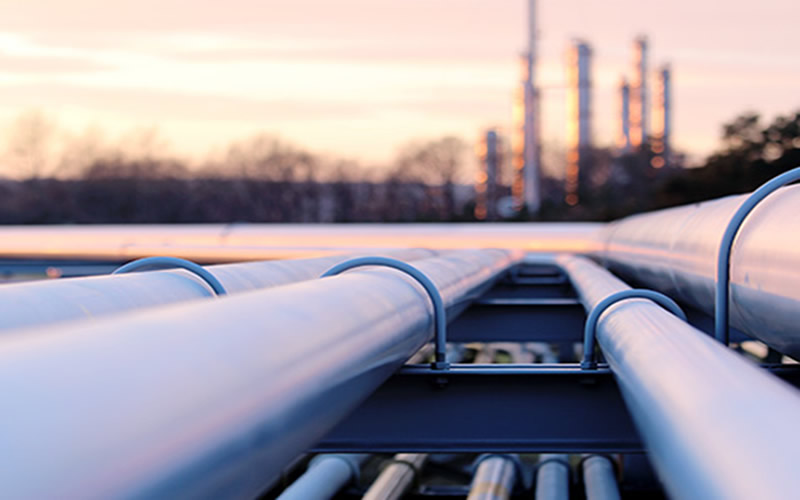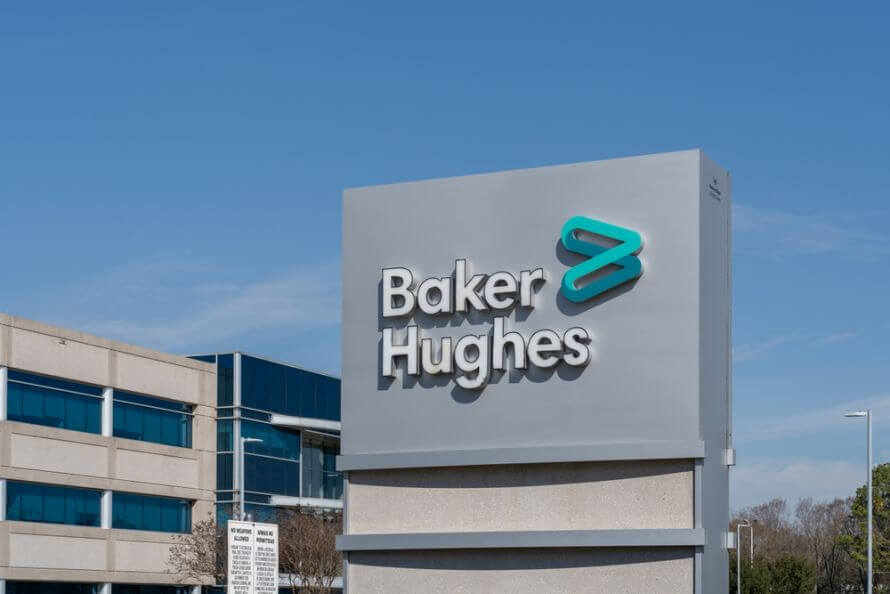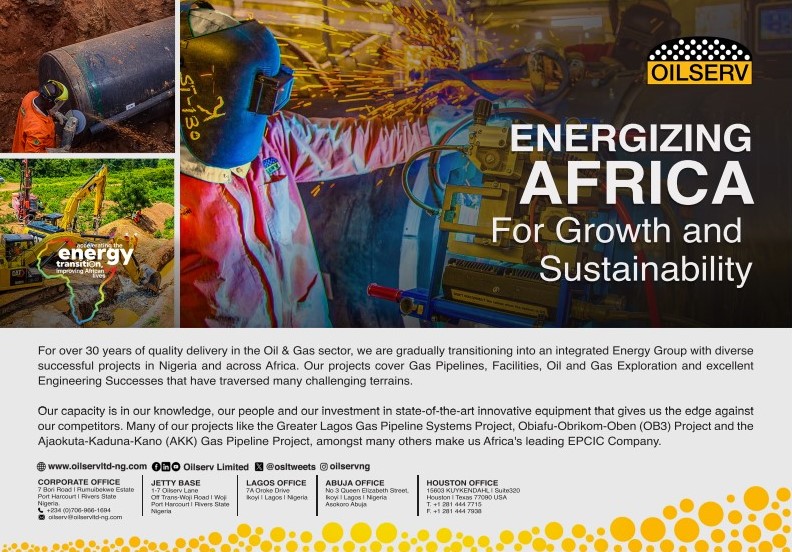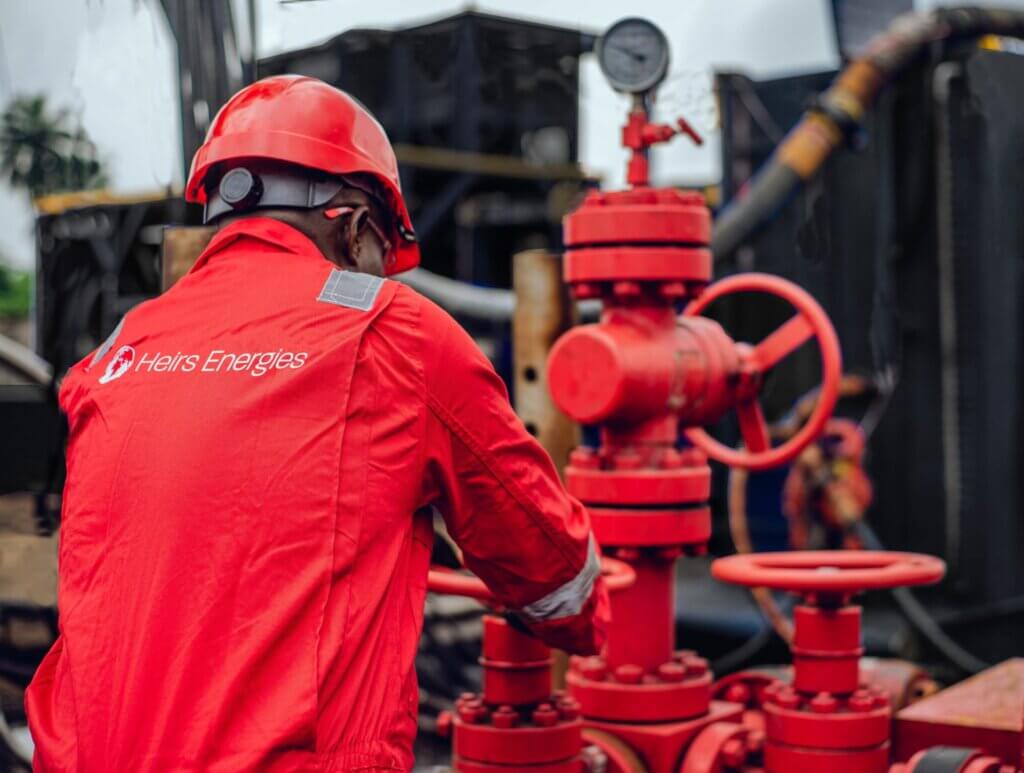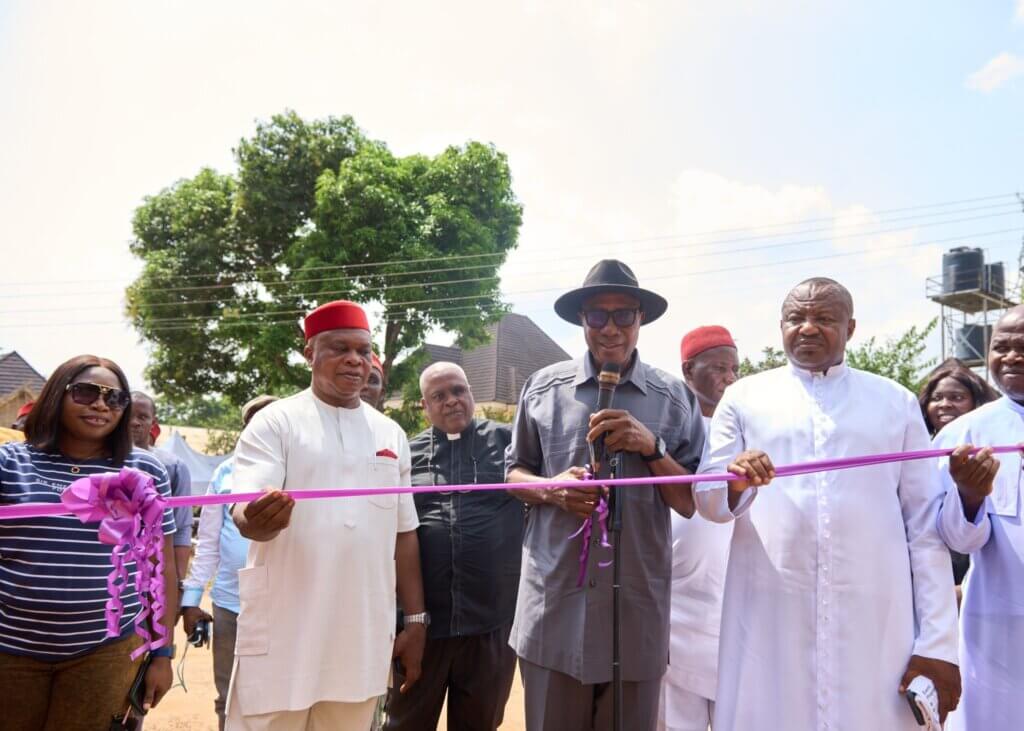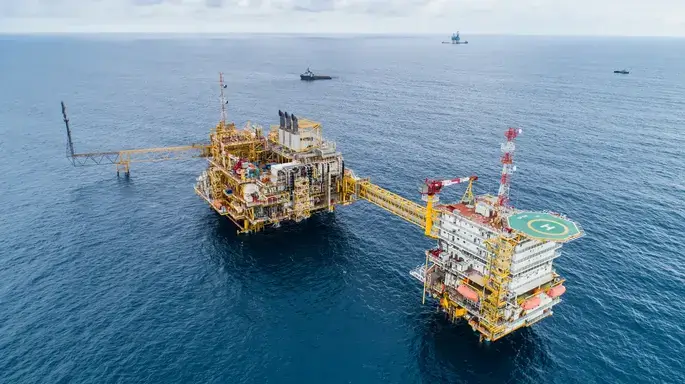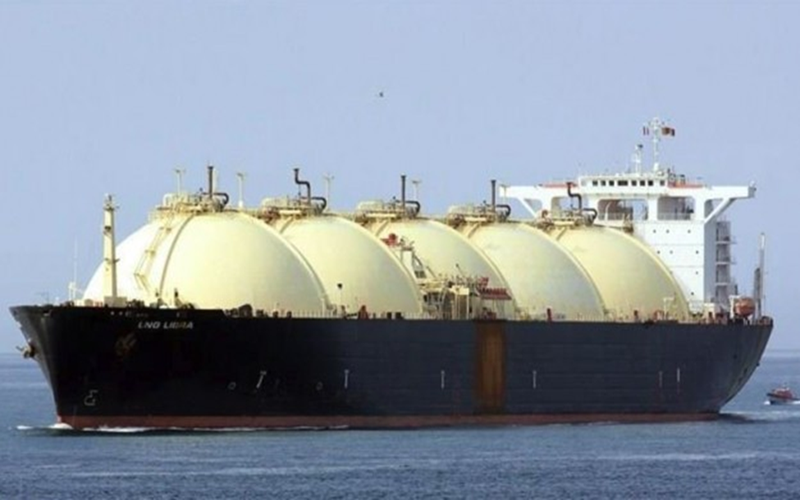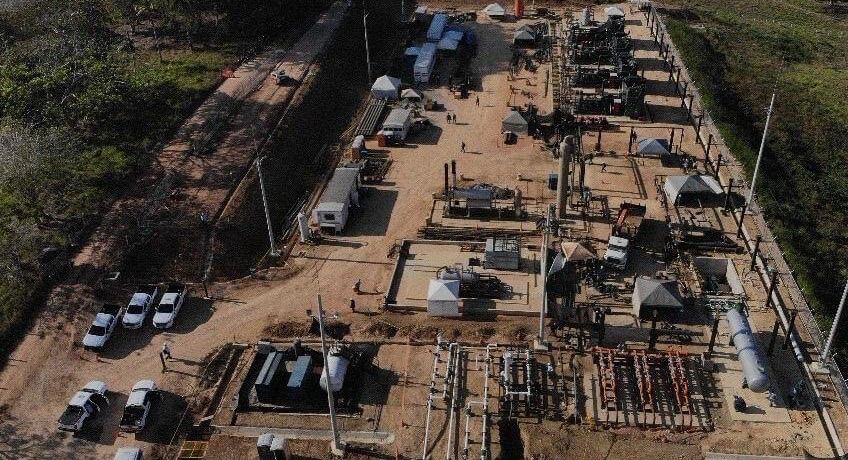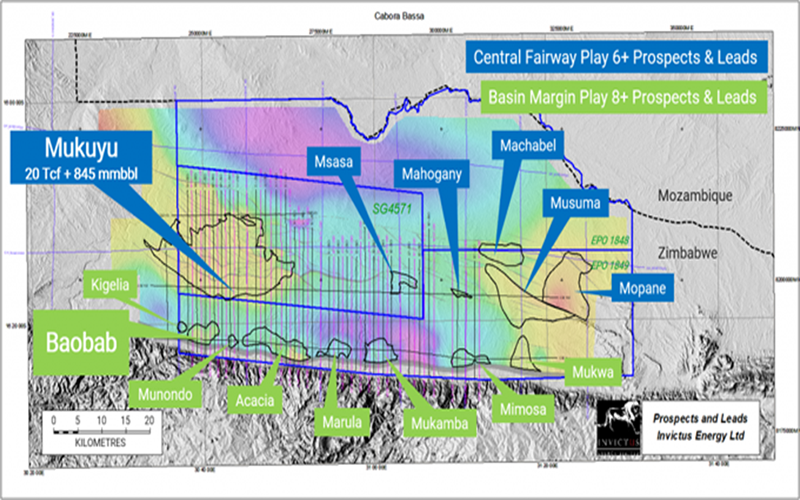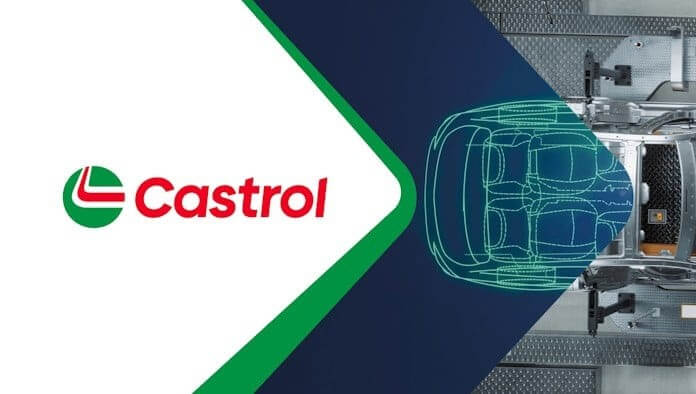
Equinor reports record high adjusted earnings of USD 15.0 billion and USD 4.40 billion after tax in the fourth quarter of 2021. IFRS net operating income was USD 13.6 billion and the IFRS net income was USD 3.37 billion.
2021 was characterised by:
- Adjusted earnings after tax of USD 10.0 billion for the full year 2021.
- Increase in oil prices and unprecedented European gas price in second half.
- Strong operational performance and increased annual production of oil and gas by 3.2%(1).
- Continued cost focus and capital discipline.
- Very strong free cash flow of USD 25.0 billion(2) and net debt reduction.
The Board proposes increasing the fourth quarter quarterly cash dividend to 20 cents per share, increasing the share buy-back programme up to USD 5 billion for 2022, and announce an extraordinary quarterly cash dividend of 20 cents per share for four quarters.
“We are capturing value from high prices for gas and liquids with excellent performance and increased production. This resulted in very strong adjusted earnings after tax for the quarter and the full year. In addition, continued improvements and capital discipline contributes to the strong free cash flow of 25 billion dollars and a significant strengthening of our balance sheet,” says Anders Opedal, President and CEO of Equinor ASA.
“In 2021, there was still operational impact from the pandemic, but the markets recovered with high prices, especially in the second half of the year. In Europe the energy prices reached record levels impacting industries and societies. Equinor focused on safe and stable operations as a reliable energy provider. Together with partners and regulators, we took steps to increase the production of piped gas to Europe significantly”, says Opedal.
“We continue to invest in profitable projects supporting the energy transition. In the quarter, we took the final investment decision on Dogger Bank C, the third phase of the world’s biggest offshore wind farm and announced a divestment of a 10% interest in the project. The plan for development and operation (PDO) for Troll West electrification was approved by the Norwegian authorities, which means that oil can be produced from the prolific Troll- and Fram area with low emissions. We also progressed our renewable project pipeline,” says Opedal.
Adjusted earnings [5] were USD 15.0 billion in the fourth quarter, up from USD 0.76 billion in the same period in 2020. Adjusted earnings after tax [5] were USD 4.40 billion, up from negative USD 0.55 billion in the same period last year.
IFRS net operating income was USD 13.6 billion in the fourth quarter, up from negative USD 0.99 billion in the same period in 2020. IFRS net income was USD 3.37 billion in the quarter, compared to negative USD 2.41 billion in the fourth quarter of 2020. Net operating income was positively impacted by higher prices and increased production of gas and liquids. Following the high results for gas derivatives in third quarter, there has been a negative effect when the volumes have been delivered in the European gas market in the fourth quarter. The impairments of USD 1.80 billion in the fourth quarter includes the impairment of USD 1.78 billion related to Mariner in the UK caused by revision of the reserve estimates.
Strong operational performance across all segments in the quarter
All E&P segments benefitted from the higher prices for gas and liquids. Strong operational performance, continued improvement efforts and strict capital discipline supported additional value creation and strong cash flow. Based on the strong financial results for the full year, taxes to be paid from the Norwegian continental shelf in the first half of 2022, relating to the 2021 results, are expected at around USD 12.2 billion.
E&P Norway delivered record earnings based on higher prices and increased gas production and production from new wells and fields, compared to the same quarter last year. With tax payments in the quarter based on previously lower price expectations, E&P Norway contributed significantly to the group cash flow.
E&P International and E&P USA delivered strong results and cash flow, both benefitting from good operations and higher prices in 2021.
The Marketing, Midstream and Processing segment results were impacted by negative effects from price risk management of bilateral contracts offsetting gains from prior quarters in 2021. The negative effects were partially offset by strong results from Danske Commodities.
The Renewable segment benefitted from a production increase compared to the same quarter last year with higher availability from offshore wind assets and higher power prices.
Increased production
Equinor delivered a total equity production of 2,158 mboe per day in the fourth quarter, up from 2,043 mboe per day in the same period in 2020. Production from Troll phase 3, Martin Linge and increased production from Johan Sverdrup, as well as solid production efficiency and optimised gas production contributed to the growth.
Equity production of renewable energy for the quarter was 526 GWh, up from 480 GWh for the same period last year, benefitting from the production from the Guanizuil IIA solar plant in Argentina.
In 2021 Equinor completed 21 exploration wells with 8 commercial discoveries and 4 wells were ongoing at year end. Adjusted exploration expenses in the fourth quarter were USD 0.20 billion, compared to USD 1.25 billion in the same quarter of 2020.
The proved reserves replacement ratio (RRR) was 113% in 2021 and a three-year average of 61%. With 5.36 billion barrels in proved reserves, Equinor’sreserves to production ratio (R/P) was 7.5 years.
Solid cash flow
Cash flows provided by operating activities before taxes paid and changes in working capital amounted to USD 18.0 billion for the fourth quarter, compared to USD 3.8 billion for the same period in 2020. Organic capital expenditure [5] was USD 8.1 billion for 2021. At the end of the quarter adjusted net debt to capital employed(3) was negative 0.8%, down from 13.2% in the third quarter of 2021, impacted by lower tax payments in the second half of 2021 based on previously lower price expectations and tax payments deferred to the first half of 2022. Including the lease liabilities according to IFRS 16, the net debt to capital employed(3) was 7.7%.
Stepping up capital distribution
The board of directors proposes to the annual general meeting a cash dividend of USD 0.20 per share for the fourth quarter 2021, an increase from USD 0.18 per share announced for the previous two quarters.
The second tranche of the share buy-back programme for 2021 was completed by 31 January 2022 with a total value of USD 1 billion. For 2021 total share buy-back amounts to USD 1.3 billion.
The board of directors has decided to increase the share buy-back programme for 2022 up to USD 5 billion. This is based on the strong results in 2021, the strength of the balance sheet and the outlook.
The first tranche in 2022 of USD 1 billion commences on 10 February and will end no later than 25 March 2022. Due to the narrow trading window the tranche for the quarter is lower than the proportionate share of the announced share buy-back for the full year of 2022.
The share buy-back programme is expected to be executed when Brent oil prices are in or above the range of 50-60 USD/bbl and Equinor’s net debt ratio(3) stays within the communicated ambition of 15-30 % and this is supported by commodity prices. Execution of share buy-backs after the 2022 annual general meeting is subject to a renewed authorization, including renewal of the agreement with the Norwegian State.
In addition, the board proposes an extraordinary cash dividend of USD 0.20 per share, per quarter from fourth quarter 2021 to third quarter 2022. This is based on high commodity prices in the second half of 2021, strong earnings and supportive commodity prices.
All share buyback amounts include shares to be redeemed by the Norwegian State.
Emissions and serious incidents frequency
Average CO2-emissions from Equinor’s operated upstream production, on a 100% basis, were 7.0 kg per boe in 2021, compared to 8.0 kg per boe in 2020.
The twelve-month average Serious Incident Frequency (SIF) 2021 was 0.4, down from 0.5 in 2020.
Capital markets update
Today, Equinor presents its update to the capital markets, focusing on key deliveries:
- Ambition to reduce net group-wide greenhouse gas emissions with 50% by 2030, aiming for 90 percent of this to be delivered as absolute reductions
- Growing cash flow and returns, with a free cash flow before capital distribution of around USD 25 billion in the period 2022-20264
- Return on capital employed (ROACE) of around 14% in the period 2022 to 20304
- Transition on track, expecting more than 50% gross investments(5) in renewables and low carbon solutions by 2030
“Today we set a new ambition and share the progress we have made in delivering an accelerated transition with clear climate ambitions, while growing cash flow and returns. We deliver competitive capital distribution and propose to increase both the dividend, and the share buy-back programme. Equinor stays committed to our focused strategy and continues to deliver in the energy transition building on our strengths and technology leadership – creating value as an early mover and industry shaper,” says Opedal.
“We are strengthening our position as a leading company in the energy transition with an ambition of net 50% emission reduction in scope 1 and 2 in our operated assets by 2030. The new ambition is aligned with the Paris agreement and a pathway to limit global warming to 1.5 degree Celsius. This is a significant step that will demand a great effort,” says Opedal.
‘Equinor has progressed on the focused strategy to optimise within oil and gas, high value growth in renewables and develop new markets in low carbon solutions. We believe our oil and gas portfolio can deliver above USD 40 billion in free cash flow towards 2026(4). We are on path developing a profitable renewable business. Within low carbon solutions we are developing a broad portfolio, with Northern Lights on track for commercial operations in 2024,’ says Opedal.
Optimised oil and gas portfolio
Equinor will maintain stable investments in a competitive project portfolio. Major projects coming on stream by the end of 2030 have an average break even below 35 USD/bbl6 and a pay-back time of around 2.5 years(7,4). The Norwegian Continental Shelf will continue to be Equinor’s backbone, maintaining production and generating significant cash flow towards 2030, building on technology leadership and utilising existing infrastructure. Internationally we are progressing well on our Brazilian portfolio and we expect start-up of the Bacalhau project in 2024.
High value growths within renewables
The project pipeline within renewables is competitive and in line with the ambitions of an installed capacity of 12 – 16 GW8 by 2030. Equinor’s installed equity capacity is 0.7 GW. In 2021 we have farmed down and secured financing on Dogger Bank C, the last phase of the world’s largest offshore wind farm in the UK. Equinor has also signed a cooperation agreement with Korean East-West Power for 3 GW of offshore wind projects in South-Korea. Equinor expect project base returns of 4-8% real and remains determined to capture higher equity returns through project financing and farm downs. In 2021 Equinor booked capital gains of USD 1.4 billion from renewables.
New market opportunities in low carbon solutions
The energy transition represents an opportunity for Equinor to leverage its leading position within carbon management and hydrogen, and to develop and grow new value chains and markets. In the first third party carbon transport and storage project Northern Lights, the capabilities, technology and relations with customers, governments and partners are leveraged. By 2035, Equinor’s ambition is to develop the capacity to store 15 – 30 million tonnes CO2 per year and to provide clean hydrogen in 3 – 5 industrial clusters.
Updated outlook:
- Equinor expects average annual organic capex [5] of around USD 10 billion in 2022 and 2023, and around USD 12 billion for 2024 and 2025
- Equinor expects to deliver around 2% growth in production in 2022
1 Adjusted for portfolio measures.
2 This is a non-GAAP figure.
4 Based on Brent blend 65 USD/bbl, Henry Hub 3.5 USD/mmbtu and European gas price 2022: 22 USD/mmbtu, 2023: 12 USD/mmbtu and 2024 onwards: 7 USD/mmbtu.
5 Gross capex defined as capex before project financing.
6 Volume weighted.
7 Volume weighted average, from production start.
8 Equinor share, including ownership share in Scatec ASA.
[5]. These are non-GAAP figures.












